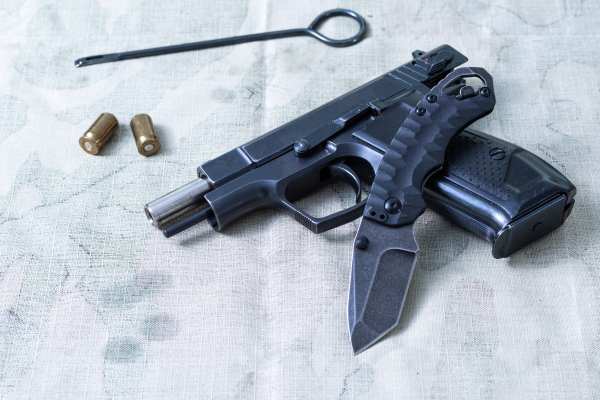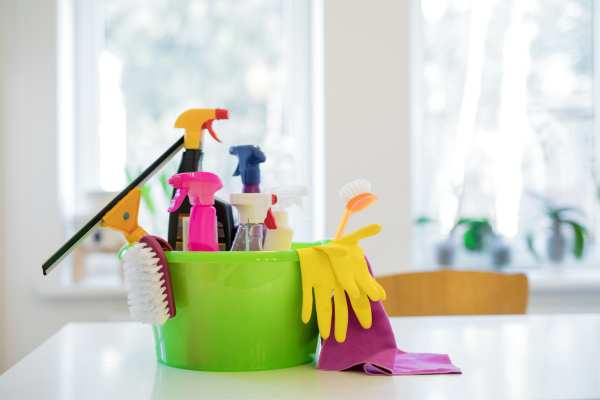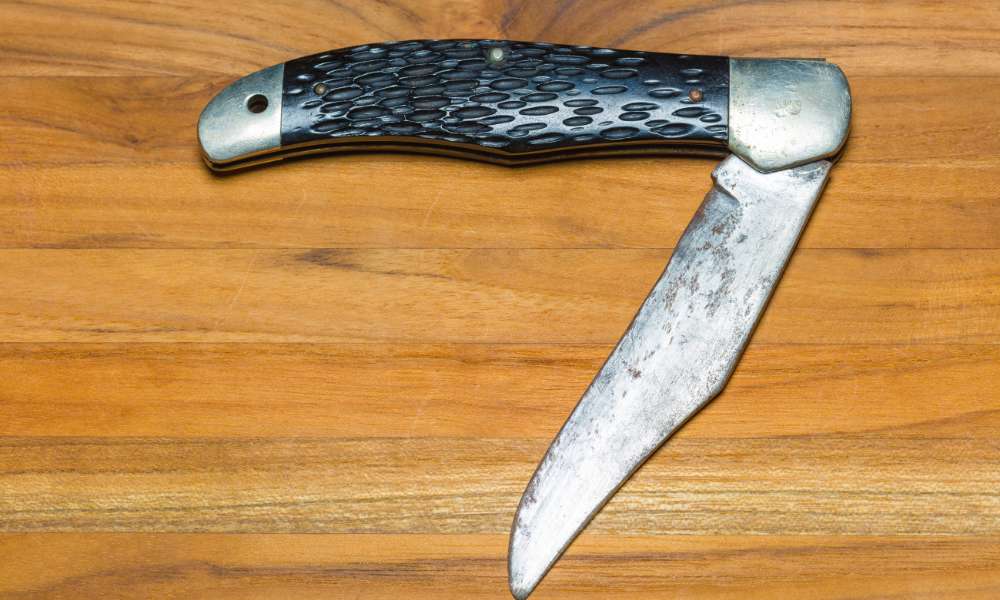Knowing how to clean a folding knife is essential for anyone who values the longevity and performance of their tool. Regular maintenance not only ensures that your knife remains sharp and reliable but also helps prevent rust and other forms of wear that can compromise its functionality. Cleaning a folding knife involves simple steps that you can easily incorporate into your routine, keeping your tool in peak condition for everyday tasks or outdoor adventures. By understanding the importance of proper cleaning and maintenance, you can maximize the utility of your folding knive, ensuring it serves you well for years to come. This guide will provide you with detailed instructions and tips on how to clean a folding knife effectively, highlighting the benefits of regular upkeep and why it’s crucial to maintain your equipment.
How Often Should I Clean My Folding Knife?

Cleaning your folding knife regularly is essential for maintaining its functionality and longevity. Ideally, you should clean your knife after each use, especially if it has been exposed to dirt, moisture, or food residue. For everyday carry knives that see regular use, a quick wipe with a cloth and some light lubrication on the pivot area can help keep it in good shape. If you notice any buildup of grime or rust, it’s best to give it a more thorough cleaning.
Can I Use Household Oils For Lubrication?
Yes, you can use certain household oils for lubrication, but it’s important to choose the right type for the specific application. Common options like vegetable oil or olive oil can work for light tasks such as lubricating squeaky hinges or loosening stuck parts. However, these oils can attract dust and dirt over time and may go rancid, which could lead to unpleasant odors and further issues.
Essential Cleaning Supplies

Cleaning a folding knife requires a few basic supplies that you likely already have at home. You will need warm, soapy water, a soft cloth or sponge, and a bristle brush, such as an old toothbrush, to reach into the crevices. A toothpick can be useful for removing lint and small debris caught in the hinge or blade grooves. Additionally, having some rubbing alcohol on hand will help sanitize the knife and prevent rust. It’s important to use non-abrasive materials to avoid scratching the blade or handle.
Inspect For Any Damage
Before you begin to clean a folding knive, it’s crucial to inspect it for any signs of damage. Check the blade for chips or nicks and ensure the hinge mechanism is working smoothly. If you notice any rust or corrosion, it may require special attention with a rust remover. Ensuring your knife is in good condition before cleaning prevents further damage and maintains its functionality. Taking the time to inspect your knife also helps you catch any issues early, extending its lifespan.
Cleaning The Blade

Once you have gathered your supplies and inspected the knife, you can begin cleaning the blade. Gently scrub the blade with a damp sponge or cloth soaked in soapy water, focusing on any areas with visible dirt or stains. Use the toothbrush to clean around the hinge and any grooves, making sure to remove all debris. After washing, rinse the knife under warm water and dry it thoroughly with a lint-free cloth. Finish by applying a small amount of rubbing alcohol to the blade to ensure it is clean and to help prevent rust.
Removing Dirt And Debris
Cleaning dirt and debris from a rusty knife isn’t just about aesthetics; it’s an essential step to restore functionality and extend its lifespan. A thorough removal process can significantly improve the performance of your blade, allowing it to slice through tasks effortlessly. Instead of immediately reaching for harsh chemicals, consider using natural solutions like white vinegar or baking soda. These not only tackle rust effectively but also protect both your knife’s finish and the environment.
Proper Blade Cleaning Techniques

Proper blade cleaning techniques are crucial to maintaining the sharpness and longevity of your folding knive. Begin by wiping the blade with a damp cloth or sponge, using mild soap if necessary, to remove any remaining dirt or grime. Avoid using harsh chemicals that might damage the blade’s finish. After cleaning, rinse the blade thoroughly with clean water and dry it immediately with a soft towel to prevent rust. Consistent cleaning of your knife’s blade ensures it remains sharp and ready for any task.
Lubricating The Folding Mechanism
Lubricating the folding mechanism is an essential part of knife maintenance. Once the blade is clean and dry, apply a few drops of lubricant to the pivot area and other moving parts of the knive. This step reduces friction and ensures smooth opening and closing. It also helps protect the knive from corrosion and wear. Make sure to operate the knive a few times after lubricating to evenly distribute the oil within the mechanism.
Choosing The Right Lubricant
Choosing the right lubricant for your folding knife is vital for maintaining its performance. Look for a high-quality oil specifically designed for knives or multi-tools. These lubricants typically offer superior protection against rust and ensure long-lasting smooth operation. Avoid using household oils, as they may not provide the necessary protection and could attract more dirt. Regularly applying the correct lubricant not only keeps your folding knive in excellent working condition but also extends its lifespan, making it a reliable tool for years to come.
Reassembling The Knife Carefully

Once you have cleaned your knife, it’s important to reassemble it carefully. Make sure all parts are completely dry before reassembling. If your folding knive has multiple components, ensure each part is correctly aligned and securely fitted. Lubricate the pivot points lightly with an appropriate knive oil to ensure smooth operation. Proper reassembly and lubrication help maintain the knife’s functionality and longevity, reducing the risk of mechanical issues and enhancing its overall performance.
Storing Your Knife Safely
Proper storage is crucial when it comes to maintaining your folding knive. After cleaning and reassembling your knife, store it in a dry, cool place to prevent rust and corrosion. A knive sheath or protective case can provide additional protection from physical damage and environmental factors. Avoid storing the knive in damp or humid areas, as moisture can lead to rust and deterioration. By following these storage tips, you ensure that your folding knive remains in excellent condition and ready for use when needed.
The Final Thought
To clean a folding knife is a straightforward process that not only enhances its appearance but also ensures optimal performance and longevity. By following the steps outlined, such as disassembling the knife, using appropriate cleaning solutions, and properly lubricating moving parts, you can keep your tool in top condition. Regular maintenance helps to prevent rust and buildup of grime, making your knive safer and more reliable for everyday use. Remember to always handle your knive carefully during the cleaning process to avoid any accidental injuries.

